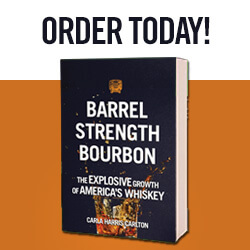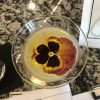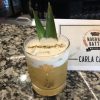Proof is the percentage of alcohol by volume, doubled. For example, if a bourbon is 90 proof, that means it is 45 percent ABV. But where did the term “proof” come from?
According to bourbon historian Michael Veach, the term harkens back to a time when distillers “proved” a spirit by mixing it with gunpowder and setting it on fire.
“If it sputtered and smoked, it was determined that it was ‘under proof.’ If it burned too quickly with a high flame, it was ‘over proof.’ If it burned with a steady flame, then it was ’100 percent proved,’” he writes in Kentucky Bourbon Whiskey: An American Heritage. “This even burn happens when the alcohol content of the whiskey is 50 percent ABV.”





